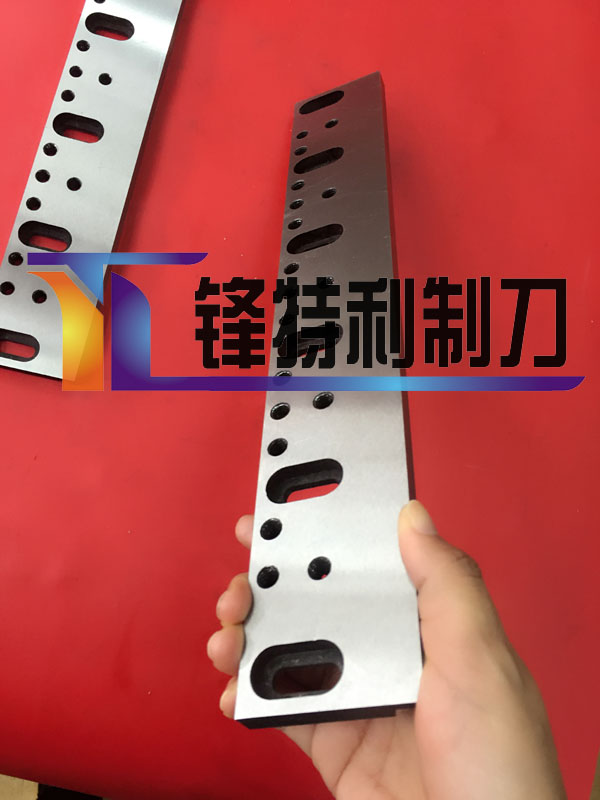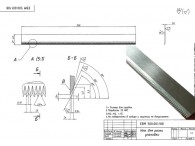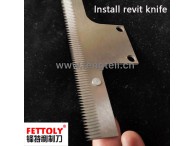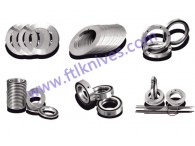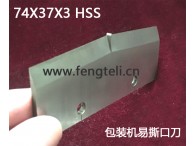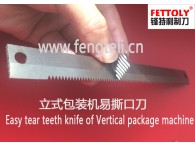News
Choosing the Right Food blades for Kitchen
When it comes to food preparation, having the right tools is crucial. Food blades play an essential role in making cooking easier and more efficient. Whether you are a professional chef or a home cook, understanding the various types of food blades and their uses can significantly enhance your culinary experience.
Understanding Food Blades
Food blades are cutting instruments designed specifically for food preparation. They come in various shapes, sizes, and materials, each tailored for specific tasks. From slicing and dicing to chopping and mincing, the right blade can make all the difference.
Types of Food Blades
Chef’s Knife
The chef's knife is a versatile tool that can handle a wide range of tasks, including chopping vegetables, slicing meat, and even mincing herbs. With a broad blade and a sharp edge, it’s a must-have in any kitchen.
Paring Knife
Ideal for intricate work, the paring knife is smaller and perfect for tasks like peeling fruits, deveining shrimp, or trimming fat from meat.
Serrated Knife
Also known as a bread knife, the serrated blade features a saw-like edge that effortlessly cuts through crusty bread without squashing the soft interior. It’s also great for slicing tomatoes and other soft fruits.
Fillet Knife
For those who enjoy cooking fish, a fillet knife is essential. Its flexible blade allows for precise cuts and helps remove skin without damaging the flesh.
Key Features to Consider When Buying Food Blades
When selecting food blades, consider the following features to ensure you choose the best tools for your needs:- Material: High-carbon stainless steel is a popular choice due to its durability and resistance to rust. Ceramic blades are also an option for their sharpness and lightweight nature.
- Blade Thickness: Thicker blades are more durable, while thinner blades allow for finer cuts. Choose based on the tasks you perform most often.
- Handle Comfort: A comfortable grip is vital for extended use. Look for ergonomic designs that fit well in your hand.
Maintenance Tips for Food Blades
Proper maintenance ensures the longevity of your food blades. Here are some essential tips:- Regularly sharpen your blades: A sharp knife is safer and more effective than a dull one. Invest in a good quality sharpener.
- Hand wash and dry immediately: Avoid putting your knives in the dishwasher, as it can damage the blade and handle.
- Store properly: Use a knife block, magnetic strip, or protective sheaths to keep your blades safe and sharp.
Conclusion
In conclusion, investing in high-quality food blades is essential for anyone who enjoys cooking. Understanding the different types of blades and their specific uses can enhance your cooking experience. By considering key features and properly maintaining your blades, you can ensure they remain sharp and effective for years to come. Whether you’re slicing vegetables, filleting fish, or baking bread, the right food blades are indispensable in the kitchen.
